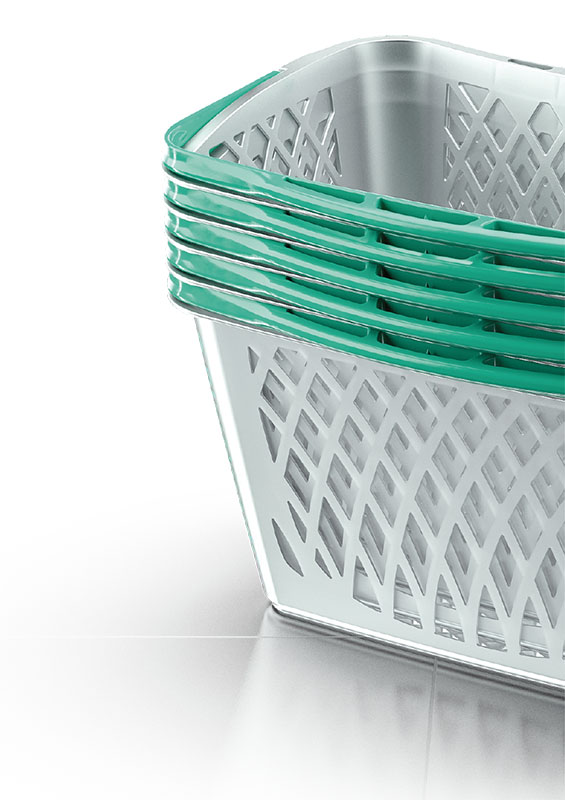

¿Por qué antibacteriano?
Los agentes antibacterianos son sustancias capaces de inhibir el crecimiento y la multiplicación de bacterias metabólicamente activas. Se dividen en bacteriostáticos que inhiben su proliferación y bactericidas que los matan.
Plastimark® Clean puede:
- reducir la carga hasta 2000 veces
- mejorar la seguridad microbiana del carro de compra
- inhibir el intercambio de bacterias entre los usuarios
¿Qué es Plastimark® Clean?
La manipulación diaria de los carros de compra y las cestas que utilizan la gran distribución provoca la proliferación de un gran número de bacterias que está demostrado que se transfieren por contacto de un usuario a otro.
Con esta conciencia, Plastimark®, desde siempre » estructuralmente » centrada en las cuestiones medioambientales y en la búsqueda de soluciones innovadoras, fue la primera en su sector en añadir al material plástico un componente activo con acción antibacteriana mediante la liberación continua de iones de plata a lo largo del tiempo. Plastimark® Clean puede utilizarse para producir asas + cuerpo de cestas y asas de carros.
Las pruebas de laboratorio han demostrado la capacidad de Plastimark® Clean para reducir la carga bacteriana es hasta 2.000 veces más efectiva en comparación con los mismos materiales sin aditivo.
En la gama de cestas, Plastimark® Clean está disponible para el cuerpo y las asas de:
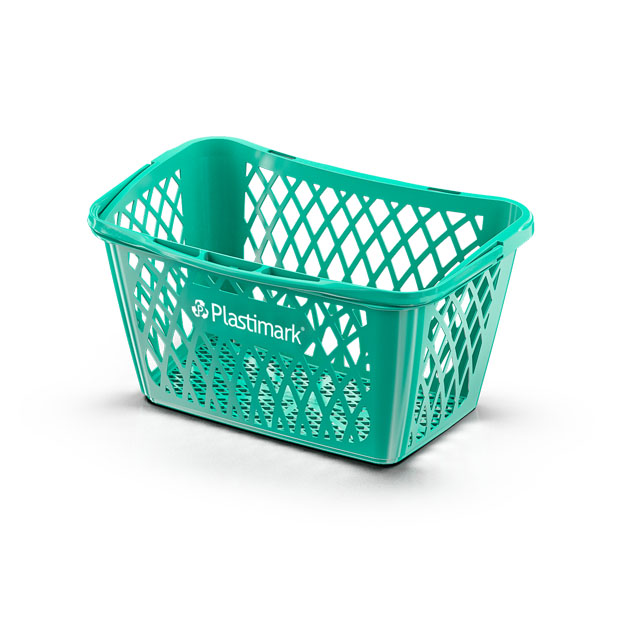
Minityko
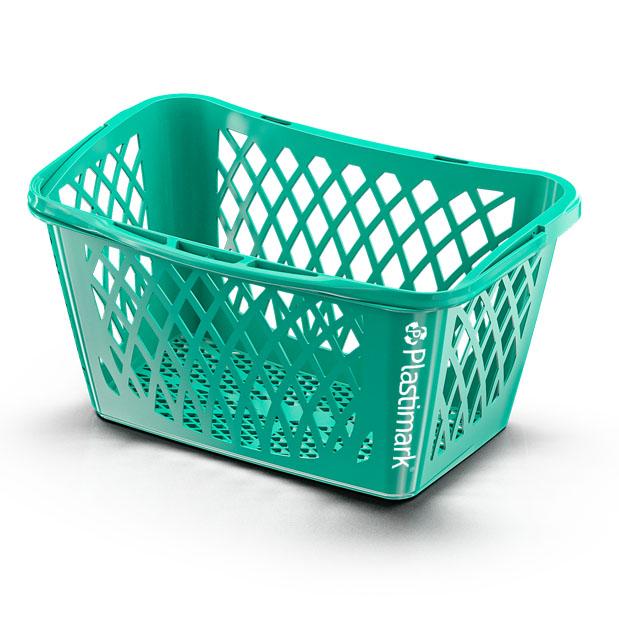
Tyko
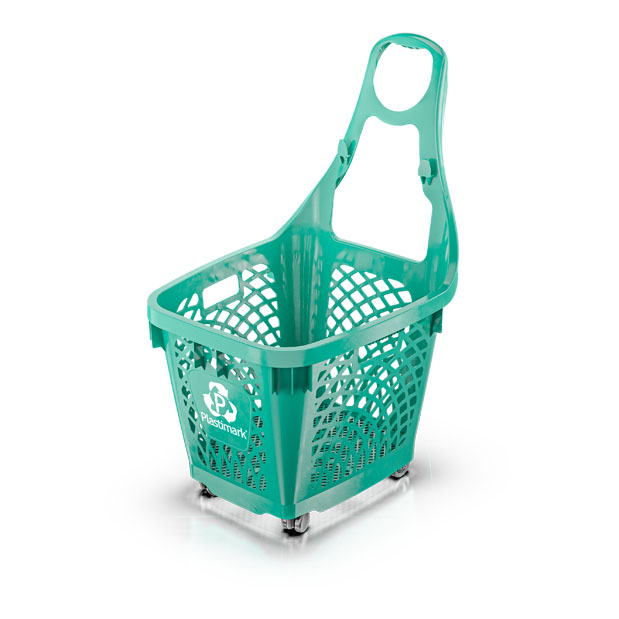
Maxityko
En la gama de carros, Plastimark® Clean está disponible para las asas de:
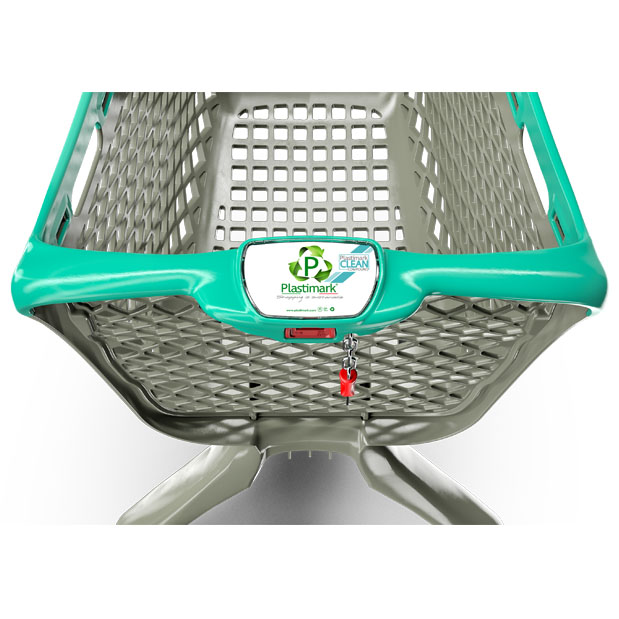
Pleasy
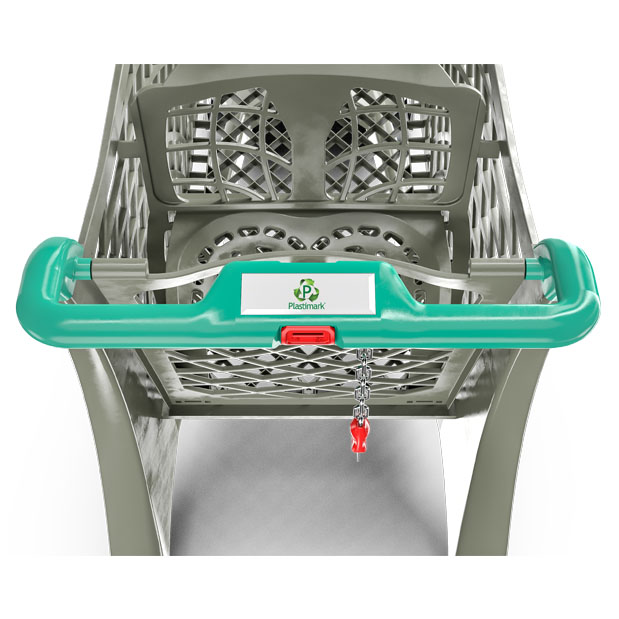
City
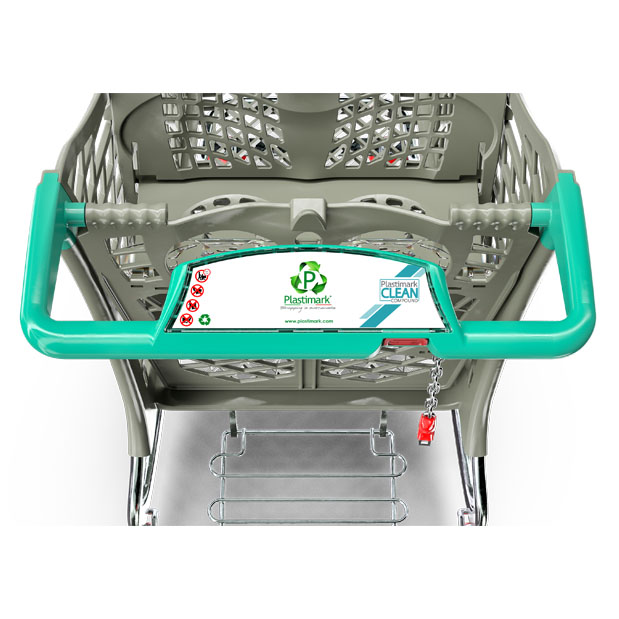
Hybrid Super

Hybrid Iper
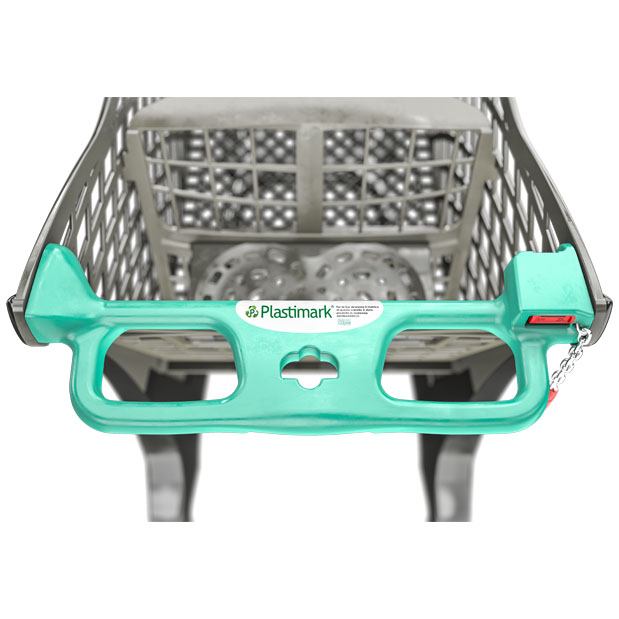
Duka
